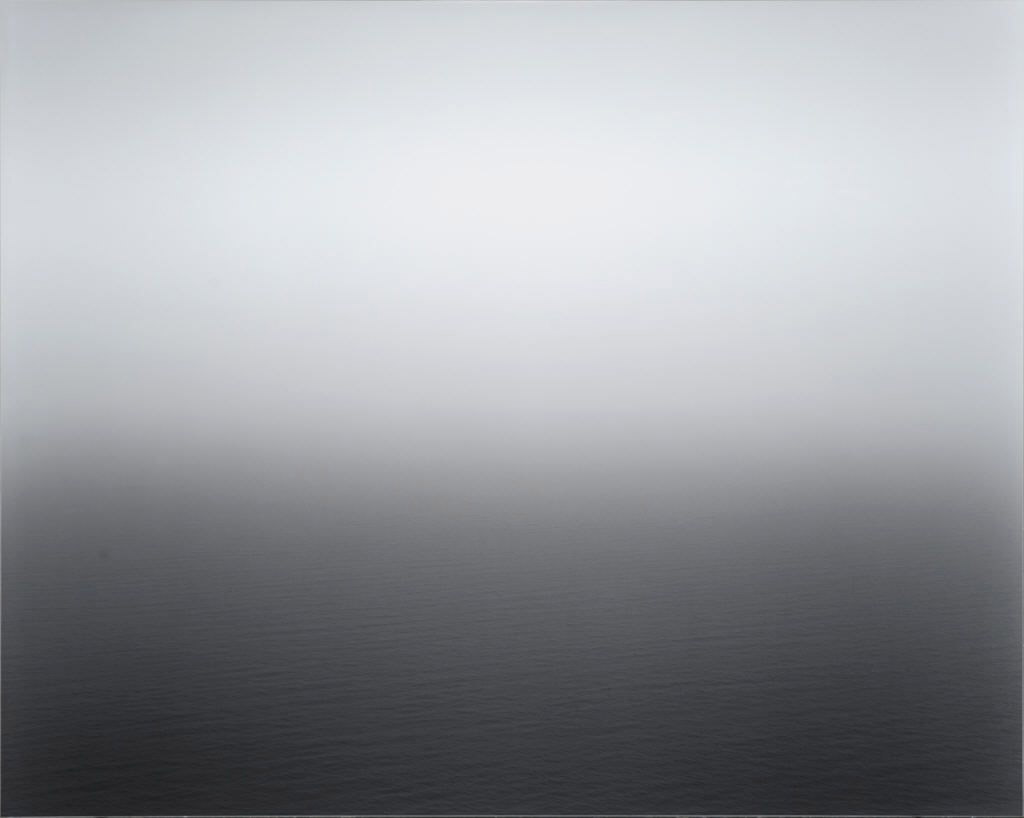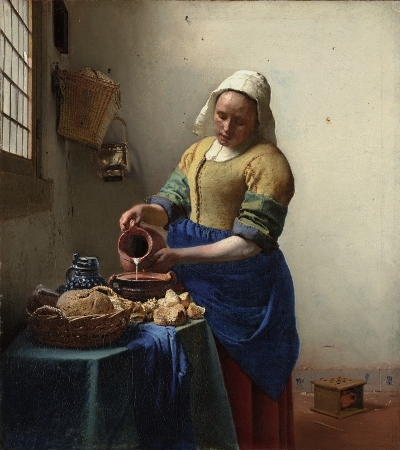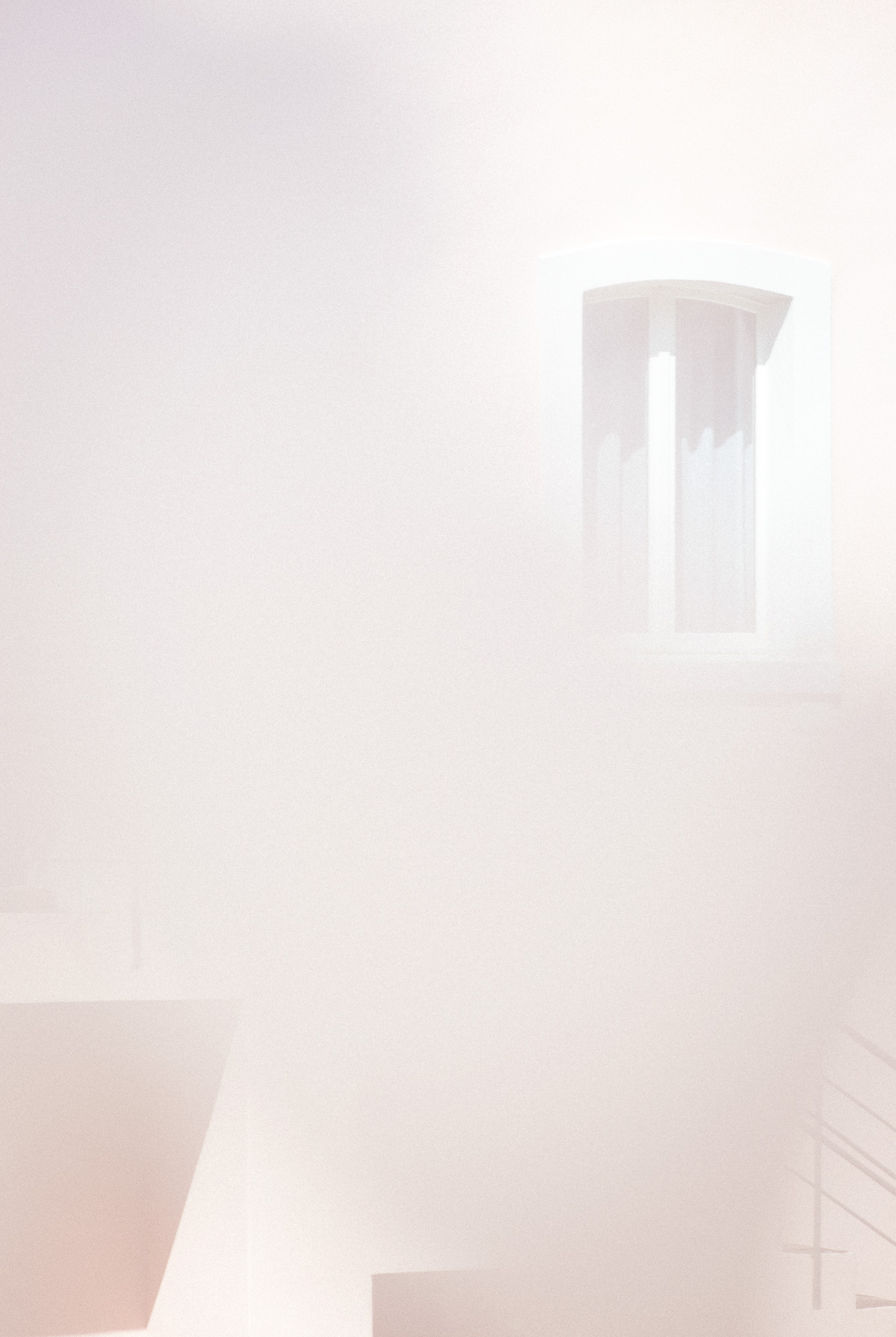IT ISN'T THE SUN
Hiroshi Sugimoto | Seascape: Aegean Sea, Pillon, 1990.
via c4gallery
POEM
“The minute gears mutely whir. To put your ear
Against it is to put your ear inside it.
It does not tick. It isn’t a heart.
It has no pulse. It isn’t a clock or a wrist.
Scrutiny can coax no secret from it.
There is no hearse with one flat tire
In endless circuit, headlights dispersed
In fog like sunset behind a veil.
A paving stone extends a grave through iron
Gate to a door at home. To knock
Your hand against it puts your hand inside it,
As in a cloud at night the pale moon
Gathers itself outside itself its own light
And glows dimly behind the dust that outshines it.
It has no heat. It isn’t the sun.
It isn’t uncertain. It does not think
About the sun or the distant balls of dirt
And ice that circle closer to the star
With each circuit done. Comet tails
Darkly flowing back as the horse leaps
Forward, straining against the catafalque
All November, predict disaster as grammar
Predicts breath, the need to breathe, or the mind
Must rest. It is its own edgeless disaster.
It is there as if it were not there. Vague
Repetitions haunt the circumference.
To walk out the door is to place your foot
On a stone worn away by another’s foot.
Rumor has it that the sun sends heat in form
Of sight. Watch the ice as it melts
For proof: water pools, darkens on a stone,
Becomes as a shadow on a stone,
A horse’s hoof as it rises off a stone,
Except it rises forever, and the shadow is gone.
Such processes turn the minute gears.
It is not a note in the margin. The margin is
Covered with snow. When the winter fog
Disperses a black horse stands on ice
And cannot move. It is as if a breathless song
Hovered like a veil in the air. The black
Horse’s breath spirals upward like smoke.
Pyre-smoke like a thumbprint as a cloud.
Similes sing mutely in it, likening the unlike.
Mourners name the peace they find and walk
Away. To step into it is to find it missing.
The footprints are before you as you go.”
Yet another of those beautiful seredipitous moments this morning when, having read and loved and re-discovered this poem three times, I read the accompanying interview at How a Poem Happens. Only then did I discover that 'the whole poem arose out of reading Levinas' - Levinas, of course, being one of the key foundational thinkers in my thesis.
Moreover, the poem seems intricately related to one of my own entitiled Palms which is long wanting a revision; or perhaps a sister poem.
All that is to say: this poem's really got me.
































